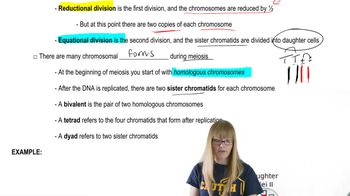A male mouse with brown fur color is mated to two different female mice with black fur. Black female 1 produces a litter of 9 black and 7 brown pups. Black female 2 produces 14 black pups.
What is the mode of inheritance of black and brown fur color in mice?






